Highlighting 4 Hospitalized Children with Varying Degrees of Congenital Heart DiseaseChildren with congenital heart disease often have a bluish discoloration of the skin, resulting from inadequate oxygenation of the blood. This symptom, called cyanosis, is most obviously seen in severe cases of the disease. This lack of oxygen can cause visible changes to the extremities of children’s little bodies. Today, we’re highlighting 4 hospitalized children with varying degrees of congenital heart disease. Tingting (Cyanosis is less obvious.)Tingting has a ventricular septal defect with severe pulmonary hypertension. Ventricular septal defect is the most common type of congenital heart disease. Most children with this defect will appear normal and will rarely show cyanosis. Similar conditions include the patent ductus arteriosus and the atrial septal defect, both of which rarely cause cyanosis. Tingting’s blood oxygen saturation is also close to normal. Hanxiang (Cyanosis is visible.)Hanxiang’s condition is F4 with cyanosis. Hanxiang’s lips show a light purple hue not easily discoverable. People familiar with congenital heart disease, however, can easily tell the difference. Hanxiang’s hands and feet have not yet become purple. Hanxiang’s lips are slightly purple. Hanxiang’s hands and feet seem normal. Unfortunately, her fingers and toes are too short for our staff to measure her blood saturation level. Yumei (Cynasosis is obvious.)Yumei’s condition is a complex type of congenital heart disease that causes cyanosis. The ultrasound doctor told our staff she has the following conditions, and wrote them on Yumei’s hospitalization card:
Because of long-term hypoxia, Yumei’s face and lips have completely lost their original hue. Yumei’s fingers have severe clubbing, and her fingertips are bright purple. Yumei’s blood oxygen saturation levels are quite low. Compare this with our staff member’s normal blood oxygen saturation level. Chengxiang (Cyanosis is very severe.)Chengxiang has congenital heart disease with cyanosis. His conditions are pulmonary atresia and ventricular septal defect, which is a complex type of congenital heart disease. Chengxiang and Yumei both need to undergo surgery at least twice in order for their health to improve. Chengxiang’s doctor Rui Liu told our staff that the child’s pulmonary artery has not developed since birth. The preliminary plan is to first do a BT surgery to help with the development of the pulmonary artery. Three months later, Chengxiang would need another checkup. If the child’s pulmonary artery develops well, then they can schedule the second surgery as soon as possible. As of now we know that Chengxiang’s physical condition after the first surgery is crucial and determines if the child can have a chance at a second surgery. Even our staff, who is familiar with congenital heart disease patients, was shocked when first meeting Chengxiang because his lips are completely black, as if covered with dark lipstick. Chengxiang’s hands have clear signs of clubbing and his fingertips are bloated. His foot seems like a small purple potato. Our staff put a piece of white chewing gum on Yumei and Tingting’s hands to show the difference in color. The white gum shows that the two palms have different hues. Follow the journey of these children, from pre-surgery to post surgery and beyond.
Thank you, to all of those who support Little Red Scarf, for helping these children during the most crucial period of their lives. Comments are closed.
|
TFISH FUND BLOGWe update news and reports directly from the field written by our NGO partners daily. Top PostsPHOTOS & VIDEOSIN THE NEWSCategories
All
Archives
August 2017
|
|
© Copyright 2011. All rights reserved.
171 Main St. #658 , Los Altos, CA 94022 | [email protected] | 501(c)(3) Tax ID: 45-2885139 |


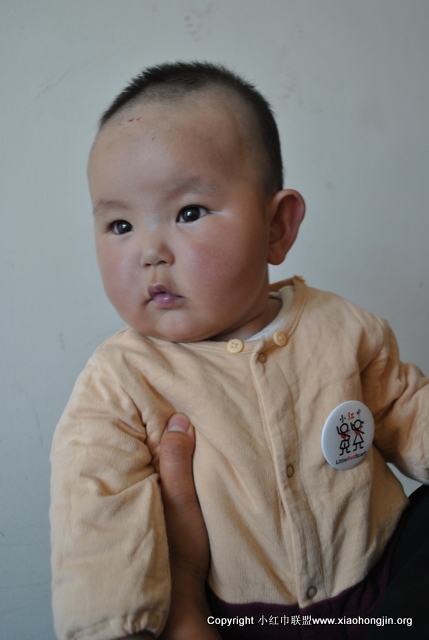
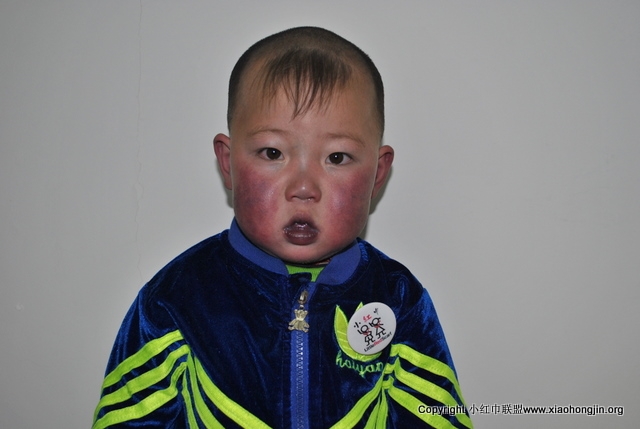

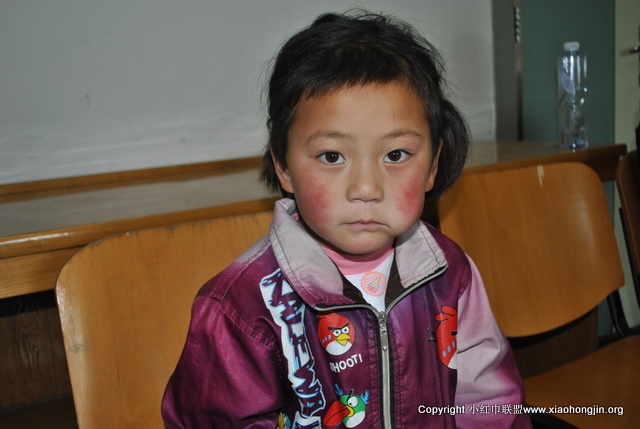


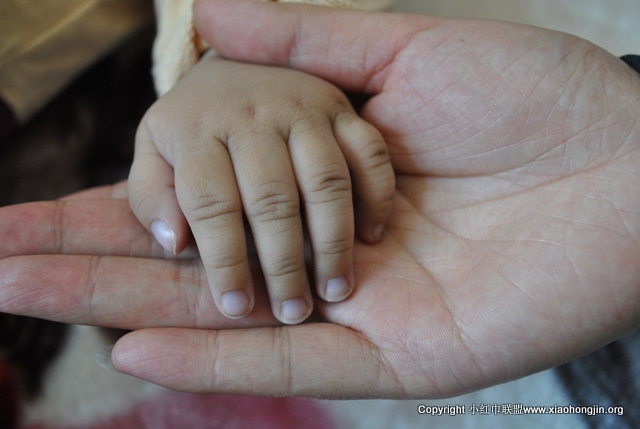

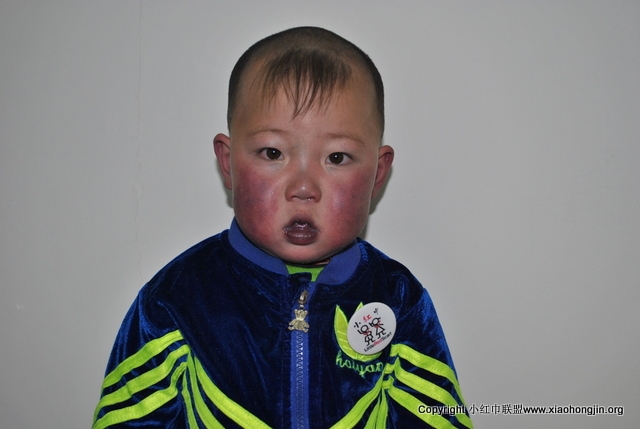
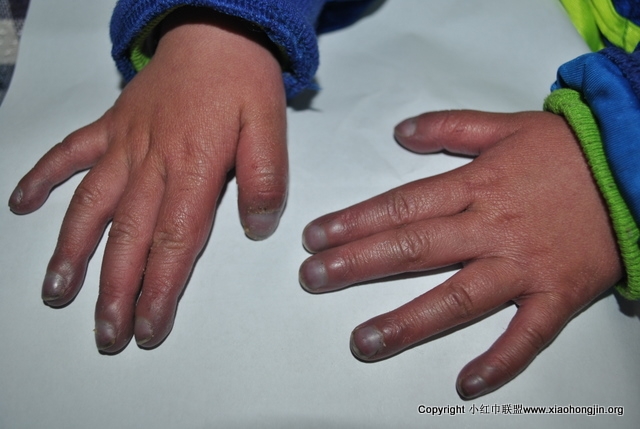

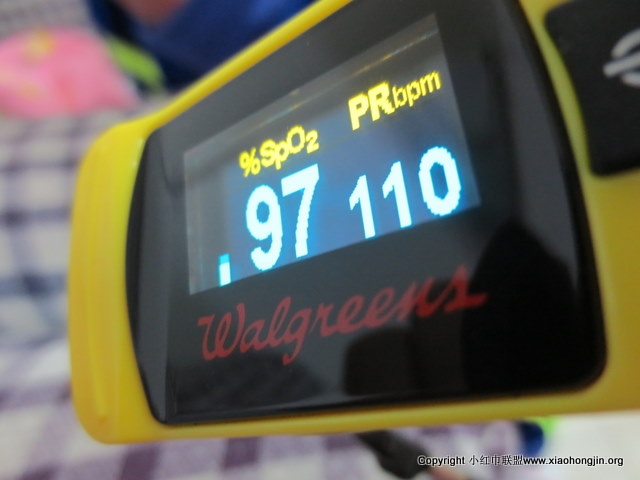
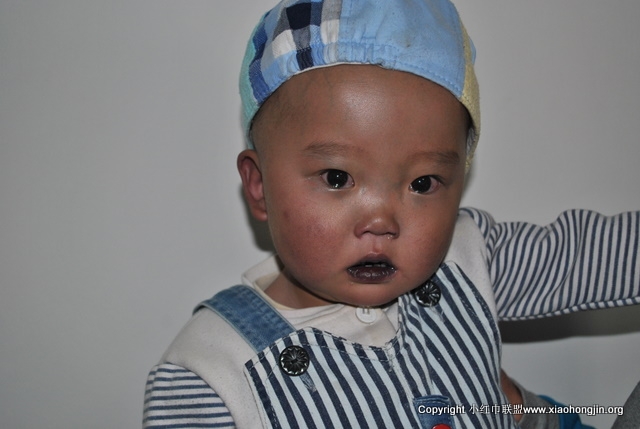

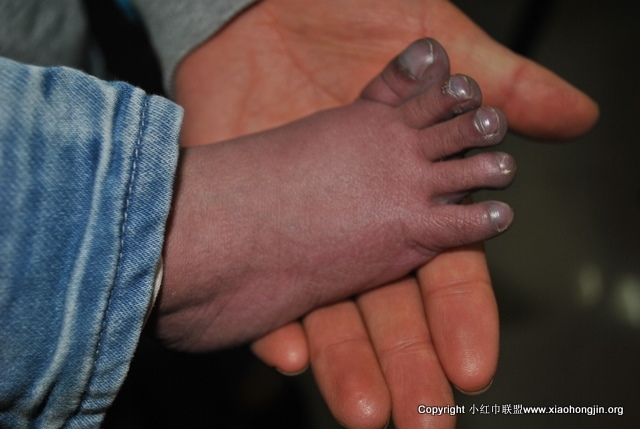

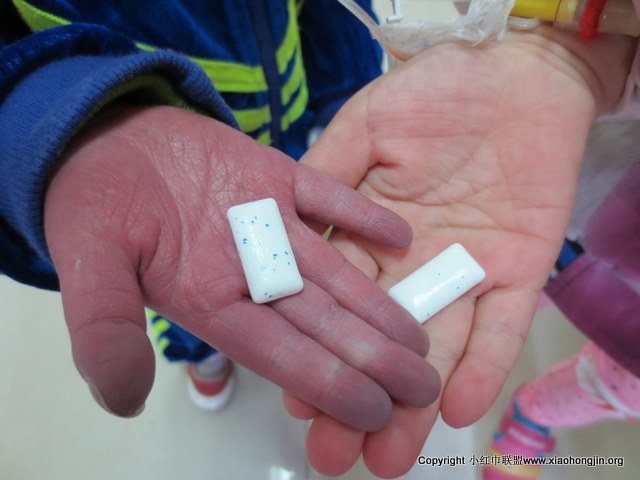

 RSS Feed
RSS Feed